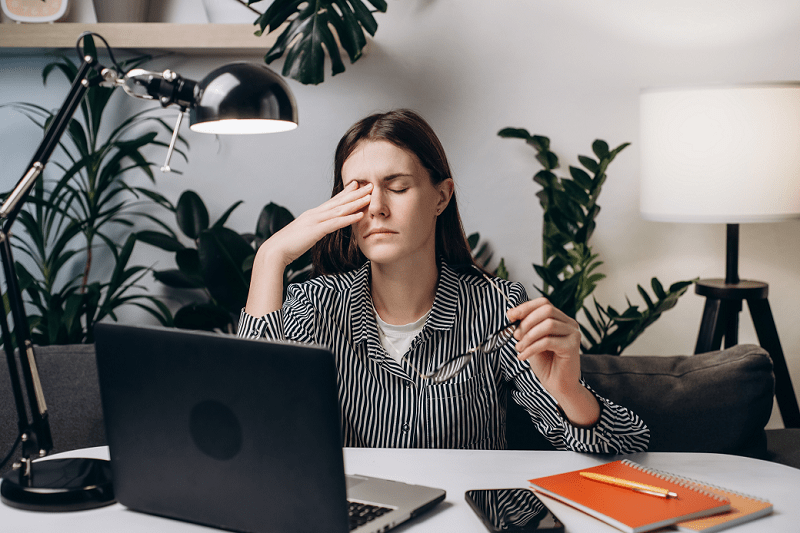Technology Time Warp & DES
Most of the unfrozen portions of the year, our family finds ample time to be outside. Whether we are gardening & doing yard work, swimming, or sitting around a relaxing bonfire, we tend to spend 2-4 hours per day on the weekends outside. Most of our screen time on the weekends happens later in the day when it is too hot to be outdoors, or when we are winding down for the evening. During the work week, however, it’s another story, and our screen time increases exponentially – and I suspect it’s the same story with many other families we know.
Most of the unfrozen portions of the year, our family finds ample time to be outside. Whether we are gardening & doing yard work, swimming, or sitting around a relaxing bonfire, we tend to spend 2-4 hours per day on the weekends outside. Most of our screen time on the weekends happens later in the day when it is too hot to be outdoors, or when we are winding down for the evening. During the work week, however, it’s another story, and our screen time increases exponentially – and I suspect it’s the same story with many other families we know.
Now, you may ask, what is DES and how does it correspond to prolonged screen time? DES is an abbreviation for an eye condition known as Dry Eye Syndrome but is also being used as shorthand for a condition known as Digital Eye Strain. These two ocular conditions are often co-related. Studies show we tend to blink less when looking at digital screens, causing general eye dryness and discomfort.
- Adults will spend 4-8 hours on the computer during the workday and average up to 10 hours or more of digital screen time if we include time spent on personal devices.
- Teens can average about 6-8 hours on a digital device in a day.
- Younger children between 8-12 years of age average about 2-4 hours per day of screen time.
- Children of various ages are often exposed to 2-3 hours per day of TV time.
Our natural lens in the eye will contract when focusing in at a near distance, and relaxes when looking farther away (looking, for instance, at objects 10 feet or further from the viewer). If we focus in for a prolonged period without taking a break, we begin to notice eye strain, fatigue, dryness, and occasionally headaches. On our clinic, these are common symptoms we see in patients who work on computers or at a near distance for longer stints of time, without giving their eyes a chance to rest.
There’s a bunch of easy tools & habits you can implement into your routine to help combat both forms of DES:
- Update your glasses prescription. Wearing the correct prescription will help relax your eyes at all distances, especially if you are becoming more presbyopic and your ability to focus is decreasing over time.
- Practice the 20-20-20 rule. For every 20 minutes of screen time, take a break and look at something 20 feet away for 20 seconds. Giving your eyes a break will result in less eye strain and fatigue.
- Remember to blink! Screens can be enthralling! We blink about 15 times per minute on average, but that decreases to 5-7 blinks per minute during screen time. If we remember to blink more often while looking at digital screens, our eyes will be less dry and slightly more comfortable at the end of the day.
At your next vision exam, make sure to let your doctor or technician know if you are having any of these visual symptoms, and they can advise on the best solutions to your problem. Also, try to escape the digital world when possible. Spend time outdoors; play a board game instead of watching TV; or enjoy casual conversation a little longer at the dinner table.
Your family’s orbital globes will thank you!
~LoreLei Henry

